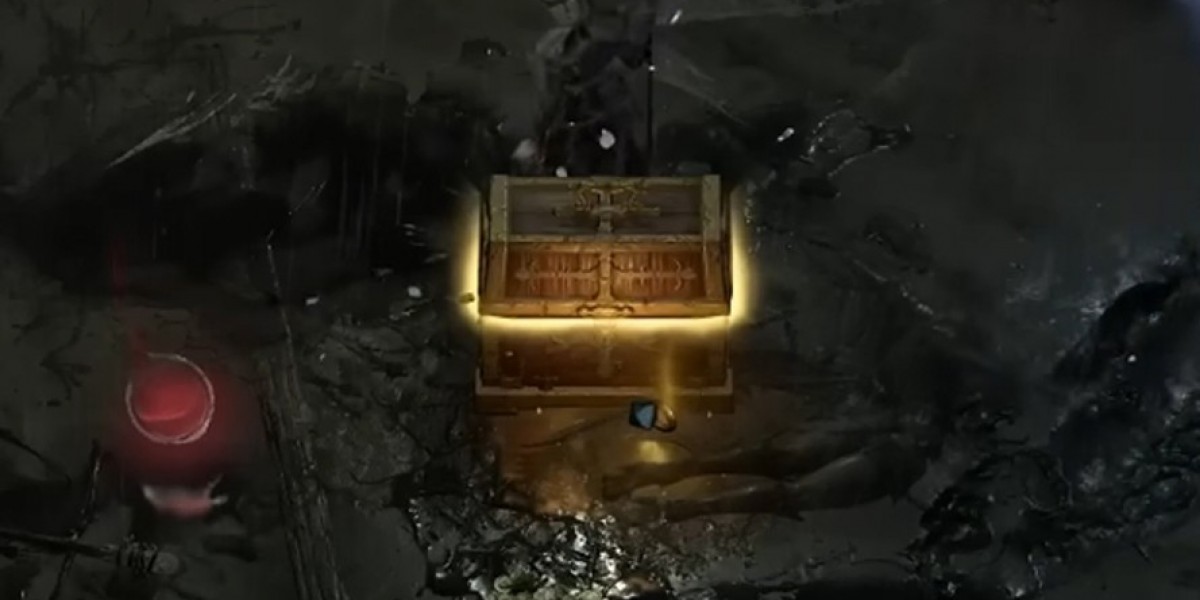Every year, thousands of vehicles in Sydney reach the end of their road life. These vehicles are often viewed as useless, but in reality, they hold great potential for recycling and reuse. Car recycling is not only about breaking metal parts; it plays a significant role in protecting the environment and conserving natural resources. The process helps keep harmful waste out of landfills and gives valuable materials a new life. This is an untold story that deserves more attention from everyone who cares about the planet. Visit Website
What Happens When a Car is Recycled
When an old car arrives at a recycling facility, it goes through several careful steps before being dismantled. First, all reusable parts such as engines, gearboxes, mirrors, and tyres are removed. These parts are tested and sold for reuse in other vehicles, reducing the need for manufacturing new ones.
Next, the fluids such as engine oil, brake fluid, and coolant are drained safely. This step prevents these toxic substances from leaking into the soil or waterways. Finally, the metal body of the car is crushed and sent to metal recycling plants where it is melted and shaped into new steel products.
In Australia, around 85 to 90 per cent of a car’s material can be recycled or reused. This high recovery rate makes car recycling one of the most efficient recycling processes in the industrial world.
Reducing Waste and Landfill Impact
Sydney generates a large amount of waste every year, and discarded vehicles can add to the problem. Without recycling, cars would take up huge spaces in landfills and release hazardous materials like lead, mercury, and oil residues.
Through car recycling, most of this waste is prevented from ending up in landfills. For instance, steel recovered from car bodies can be reused for construction, saving natural iron ore from being mined again. Reusing metals reduces energy use by almost 75 per cent compared to producing new metal from raw materials. This not only cuts down waste but also reduces the city’s overall carbon footprint.
Energy Conservation Through Metal Recycling
One of the strongest reasons for recycling cars is energy conservation. Producing new steel or aluminium requires a lot of energy. However, recycling metals from old vehicles takes only a fraction of that energy. Studies show that recycling aluminium saves up to 95 per cent of the energy needed to create it from raw ore.
The energy saved through car recycling in Sydney can power thousands of homes each year. This connection between energy and metal recycling shows how even a single scrapped car can make a difference in reducing overall energy consumption.
Preventing Pollution and Protecting Natural Habitats
Old vehicles often contain materials that can harm the environment if not handled properly. Batteries, for example, contain lead and acid that can pollute soil and water. Similarly, old tyres can release chemicals into the air if they are burned instead of recycled.
Recycling centres follow strict environmental guidelines to handle these materials safely. Many of these parts are treated, neutralised, or reused in other industries. This process helps protect natural habitats around Sydney and reduces the pollution that comes from mining and manufacturing.
Creating Jobs and Supporting the Local Economy
The car recycling industry is not only beneficial for the environment but also supports the economy. The process of collecting, dismantling, and processing vehicles provides thousands of jobs across Sydney. Workers are employed in sorting facilities, transport operations, and metal processing plants.
In addition, the sale of recycled parts helps keep older vehicles running longer. Car owners can find affordable replacement parts instead of purchasing new ones. This approach supports sustainable consumption and reduces manufacturing waste. It also promotes the work of the used car buyer Sydney, who plays an important role in sourcing and directing old vehicles to recycling centres.
Encouraging Sustainable Car Ownership
Many car owners are becoming aware of how their choices affect the environment. Selling an old car for recycling instead of abandoning it can make a real difference. When more people take part in responsible disposal, the demand for mining and new manufacturing decreases.
Sydney’s car recycling facilities also help educate the public about the importance of responsible vehicle disposal. Through awareness campaigns and partnerships with local councils, they encourage more car owners to think about the afterlife of their vehicles.
The Future of Car Recycling in Sydney
The future of car recycling in Sydney looks promising. New technologies are being developed to recover even more materials from old cars. Modern facilities are exploring ways to recycle complex materials such as carbon fibre and electronic components from hybrid and electric vehicles.
With continued research, Sydney aims to move closer to a zero-waste approach. This means more efficient recycling methods, better collection systems, and stronger laws to promote sustainable practices.
Conclusion
Car recycling in Sydney is more than a technical process; it is a commitment to environmental responsibility. By turning old vehicles into reusable materials, the city reduces waste, conserves energy, and prevents pollution. This process also strengthens the local economy and inspires a more sustainable way of living.
Every old car holds the potential to be reborn as something new — a beam in a building, a rail track, or even parts of another vehicle. The story of car recycling reminds us that with careful action, what once seemed like waste can become a valuable resource again.






